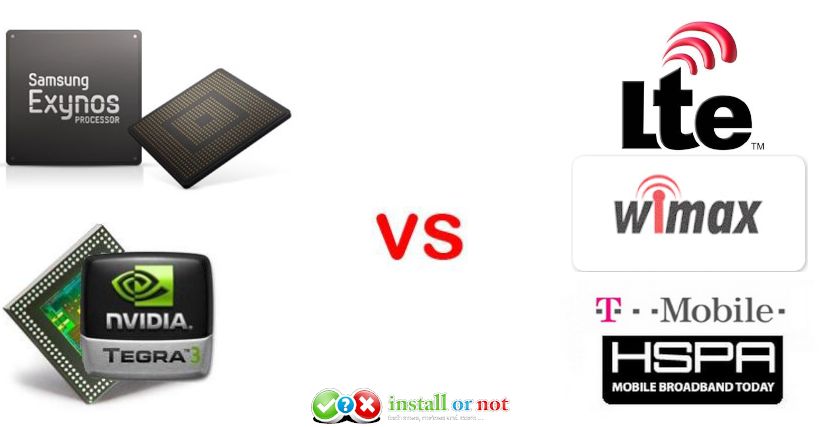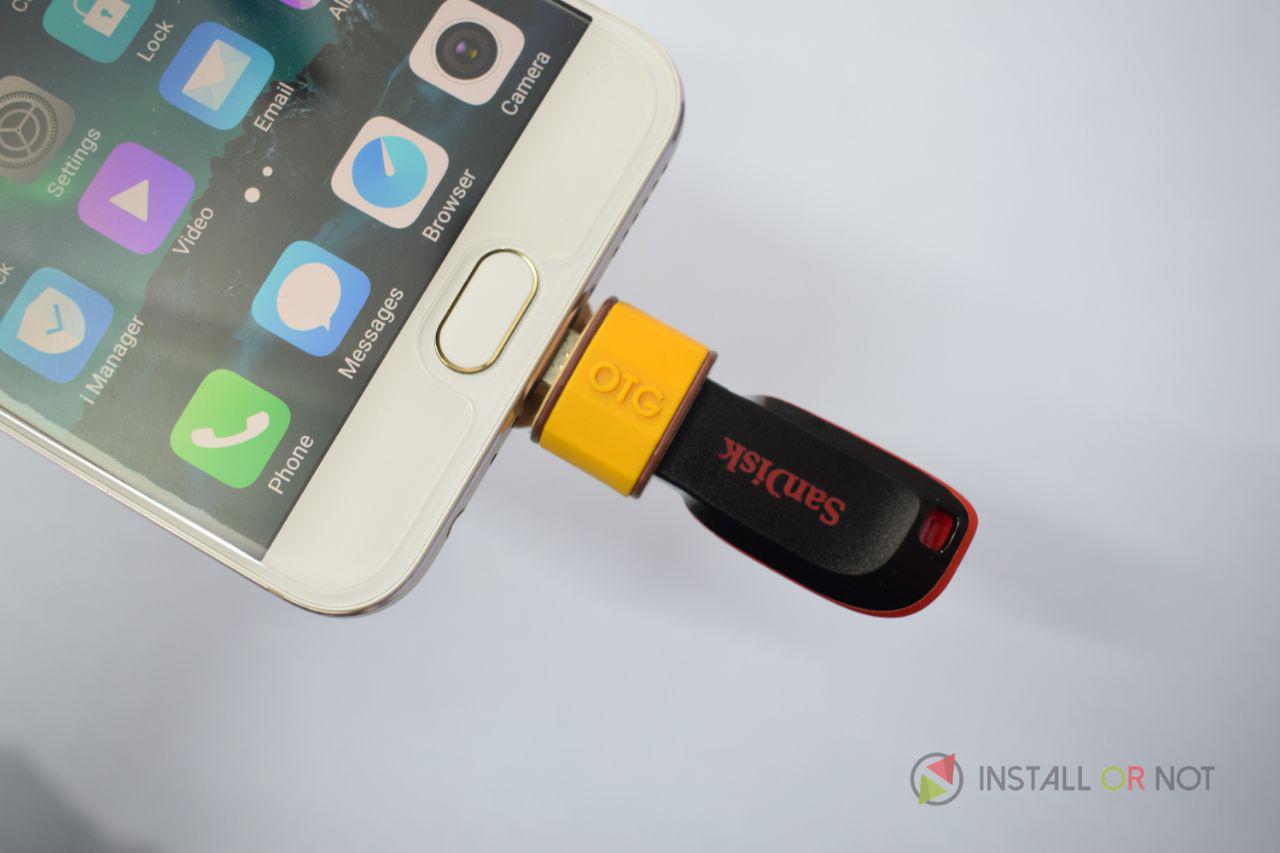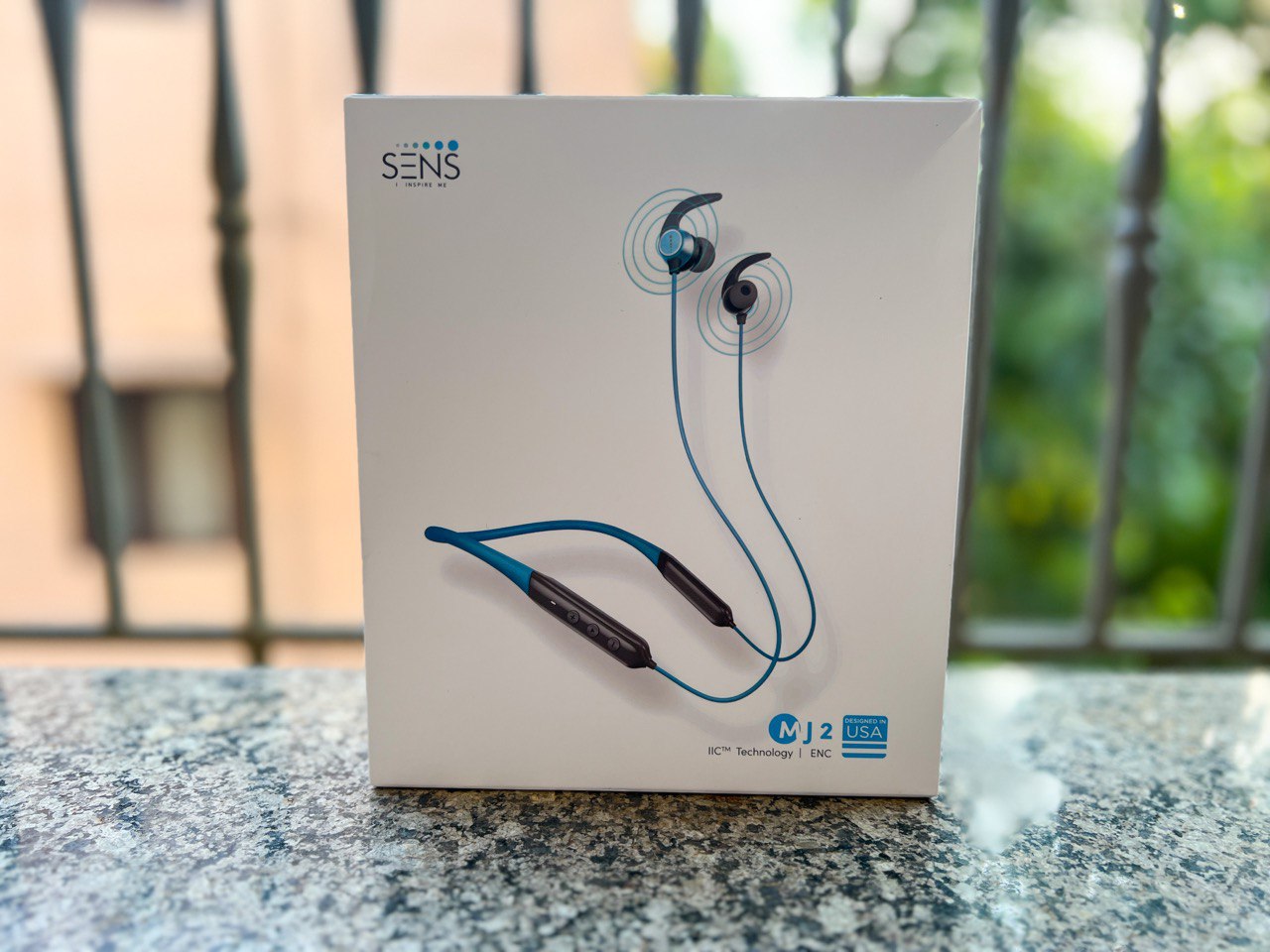

I’m going to write this column under the assumption that most of you don’t really know the difference between network data speeds as it pertains to your devices. Unless you are outside of the US, you are bombarded constantly with the carriers’ marketing on the topic of who has the fastest data speeds. Now, this isn’t going to be one of those columns talking about who actually has the fastest speeds. If you’re looking for that, feel free to Google and read the hundreds of articles on that topic. No, I’m going to tell you today why all that speed is actually a bad thing, and why you should consider buying an unbranded or international device when possible.
Let’s look at the recently released Samsung Galaxy S III as our example device in this article, since it is currently (albeit arguably) the latest and greatest device on the market. By the time this article is live, only T-Mobile and Sprint will have released the SGS3 on their respective networks in the US. What’s the difference in these devices from their international counterparts, you may ask? Why would you care which one you get? Well, the main difference is whether or not you need to download a full HD movie in under an hour or not. You see, carriers in the US have a stranglehold on the market. They control what you see here because they are not very well regulated here. I’m not going to go off on a comparative tangent, but understand that the US wireless market is similar to the Wild, Wild West of the world’s cellular industry. Some might call my comparison socialist, but that’s an argument for another time.
You see, carriers here want to differentiate themselves from the rest of the world market. They are primarily doing this now with their next generation data networks. LTE, WiMAX, HSPA+ 42, 4G, FauxG are all commonplace terms thrown around in ads and articles alike. Currently, US cellular providers seem to have network data speed as their main selling point. This idea is affecting your devices by swapping the phones’ powerhouse hardware for (arguably) inferior hardware capable of those faster data speeds. The SGS3 is my example because it is taking the hardest hit in this department, in my opinion.
The SGS3 was built on Samsung’s own Exynos 4 quad core CPU (Exynos 4412). This particular CPU is the market’s leader in terms of processing power and graphics performance. It takes the prize title from NVIDIA’s Tegra 3 quad core. The Exynos 4 uses a Mali-400 GPU for graphics performance. The Mali-400 is a strictly 3D rendering GPU. It processes the image and hands it off to a CPU core for display. This method is much more power efficient and allows the CPU and GPU to operate better in harmony together. What does this mean to a US consumer? It means that our friends across oceanic borders ended up with a far superior device than us, since our version of the SGS3 has a dual core Snapdragon S4 processor with an Adreno 225 GPU.
Don’t take this the wrong way, though. The S4/Adreno 225 combination is still a powerhouse, but it still isn’t in the same league as the Exynos/Mali combo. The S4 appears to be the better CPU when stacked against NVIDIA’s Tegra 3, but there’s no contest against the Exynos 4. The reason we won’t be seeing it stateside is a simple reason: “4G.” Samsung’s chipset does not support LTE, HSPA+ 42, or CDMA, so carriers have to go with the next best thing, the S4. The S4 retains support for “4G” networks and still provides respectable performance. Now they did think to add in a consolation prize of 2GB of RAM, but that’s just plain silly and is a topic for another time. The fact remains, however, that you’re going to be shorted in power when it comes to CPU intensive applications and, most notably, gaming. The Exynos 4 CPU can handle every game currently in the play store on max specs. The S4, stateside variant will still play these games, but may need to have the settings scaled down to keep up.
This is the problem we face here: network speed or pure power. In my honest opinion, I feel that 3G/HSPA speeds are perfectly fine for me. I browse the internet most of the day on T-Mobile’s network and have no problems downloading things I need in a timely manner. I see no honest reason why you need to download things faster than most people’s home Internet connections. That’s not to say that there isn’t ANY reason for it, but I know of none. Fast data speeds are cool, but I’d say there are plenty of other things that are more important that improving the current network speeds. Let’s try to work on getting out the latest devices and their updates to end users faster rather than trying to push data limits to the max.






